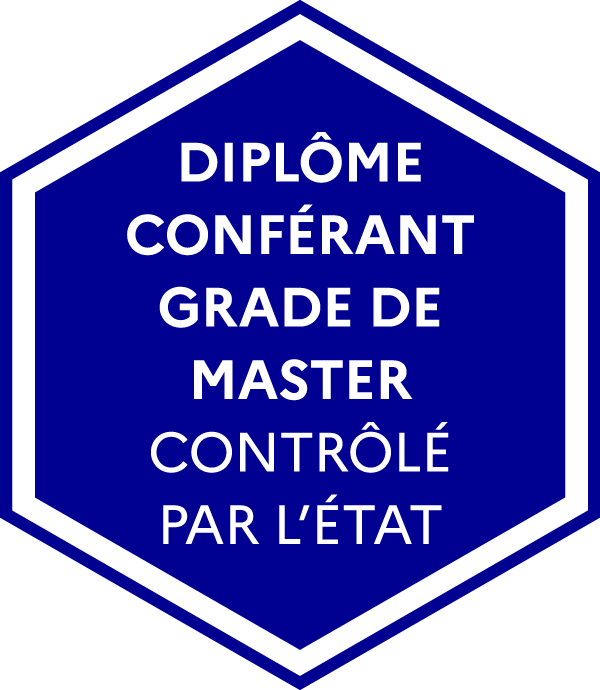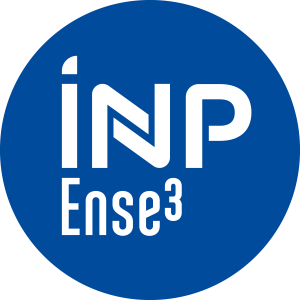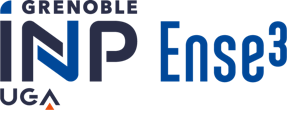Number of hours
- Lectures 12.0
- Projects 24.0
- Tutorials 12.0
- Internship -
- Laboratory works 12.0
- Written tests ?
ECTS
ECTS 5.0
Goal(s)
• Aquire a knowledge on the numerical methods for interface tracking (free surface flows) and discrete element methods (DEM) for modeling the granular microstructure.
• Aquire a knowledge of the state of the art models of turbulence (RANS / LES / DNS) and models for particulate transport (passive scalar and two-phase flow).
• Aquire a knowledge on how to set-up an advanced simulation tool for solving problems in mechanics and control the quality of the resulting solution.
Julien CHAUCHAT
Content(s)
During this module, students will have twenty hours on the following themes:
• Numerical methods for interface tracking and discrete element method
• Models and simulation of turbulence
• Models for particles transport / sediment (passive scalar and two-phase flow)
Students will have to perform a simulation project supervised by a tutor (about 30 hours). Each group will have to make a different topic and all the projects will cover the range of methods and models presented during the lectures. The evaluation will be achieved ??by a report and a public defense. During these defenses, the students will present their work and highlight the problems encountered and the solutions tested to solve them.
PrerequisitesNumerical methods (VF / EF / ED), Fluid Mechanics, Turbulence, rheology of geomaterials
- Specific credits: this course brings 6.0 ECTS to students in Year 2 Master Fluid Mechanics and Energetics (M2 FME)
- Specific credits: this course brings 6.0 ECTS to students in Year 2 Master Hydraulics and Civil Engineering (M2 HCE)
Session 1
Continuous assessment (CC1) : project report (50%), oral presentation of the project (50%)
Final exam (ET1) : 1h written exam
Session 2
Final exam : new assessment (ET2) to replace session 1 assessment (ET1)
Continous assessment : session 1 assessment retained (CC1=CC2), no resit for CC1
The exam is given in english only 
The course exists in the following branches:
- Curriculum - Master's Degree in Engineering HOE - Semester 9 (this course is given in english only
 )
) - Curriculum - M2 FME Research - Semester 9 (this course is given in english only
 )
) - Curriculum - Master's Degree in Engineering ME - Semester 9 (this course is given in english only
 )
) - Curriculum - Master inter HCE - Semester 9 (this course is given in english only
 )
)
Course ID : 5EUS5OSA
Course language(s): 
You can find this course among all other courses.
French State controlled diploma conferring a Master's degree




